
The need to work from home during the COVID-19 pandemic has exacerbated a challenge that US President Bill Clinton had already identified at the beginning of the new millennium: still too few people worldwide have access to the Internet and high-speed networks. This widens the gap between developed and developing countries, urban and rural areas, educated people and people with no access to education, vulnerable and resilient communities.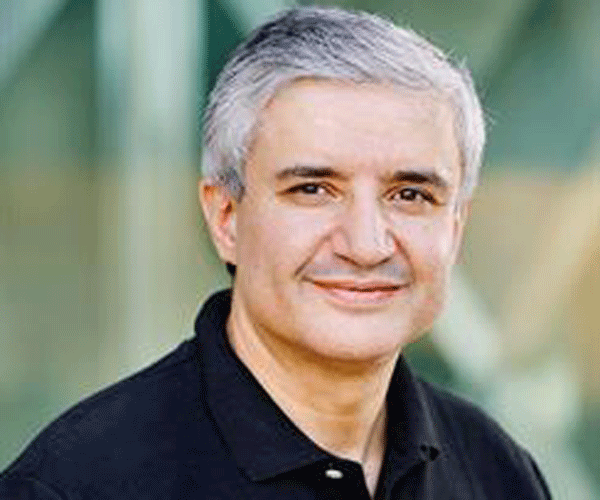
Despite the enormous diffusion of smartphones access to connectivity is still patchy, with women and people with disabilities penalized most. According to recent figures, in the least developed countries (LDCs) 76 per cent of the population is covered by a mobile broadband signal (351 million mobile broadband subscriptions in 2020), but only 25 per cent are using the Internet. TWAS Fifteenth General Conference addressed this issue in a dedicated symposium that took place on 4 November, featured five international experts, and was titled: "Digital Inclusion: challenges and opportunities for connecting the unconnected in the post-COVID era".
Mohamed-Slim Alouini, a Distinguished Professor of Electrical and Computer Engineering at the King Abdullah University of Science and Technology (KAUST) acted as the convener and first speaker. "We tend to forget that we still have half of the world population—about 4 billion people—without broadband connectivity," he observed. "And it is expected that the 5G technology, which is now in its initial deployment stages, will further accentuate this divide."
Developed to upgrade the previous 10-year-old 4G version, the 5G technology is not simply a matter of being 100 times faster or of having a crystal-clear sound for calls. It will have a transformative power able to affect industry, agriculture, logistics and healthcare facilities, to name a few.
As Alouini noted, "the connectivity divide is becoming one of the modern faces of inequality, deepening the economic and social unbalances between the haves and have-nots in a digital context." And he knows what he's talking about, as his current research focus is to address the challenges associated with the uneven distribution, access to, and use of information and communication technologies in rural, low-income, and hard-to-reach areas.
And since technical progress is proceeding at a fast pace, in a not-so-distant future we may expect to see the 6G technology, which is currently in the pipeline at KAUST, and that will further accentuate the digital divide. Why? "It's a matter of costs needed for providing connectivity to rural and underprivileged areas, in particular; the cost of the so-called backhaul deployment—the deployment of connections between an access node and the core network", the KAUST expert explained in a recent scientific paper.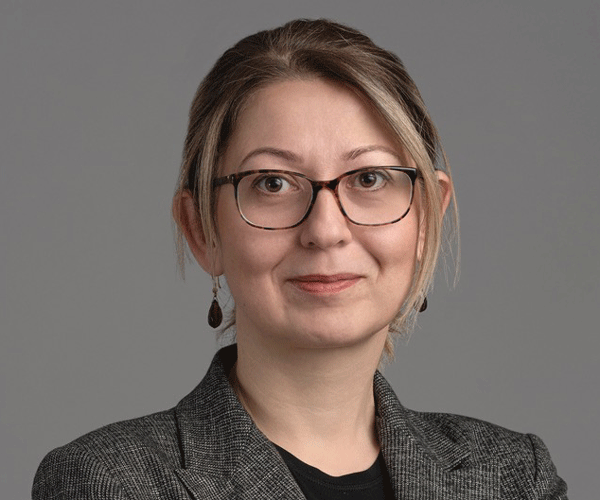
Energy requirements and the cost-efficiency of the new technologies can represent an obstacle. Connectivity is indeed inextricably linked to energy demand, a challenge that the modern world is dramatically facing and that has an impact especially on the telecommunication sector in developing countries.
Communication providers, in fact, tend not to invest in remote areas that are likely to grant low revenues. For this reason, many windy regions like Ethiopia, South Africa and even Western France, are exploring the potential use of wind turbine-mounted base stations as a cost-effective solution.
But another solution, Alouini said, could stem from using unmanned aerial vehicles, in other words, drones, as they provide connectivity from high altitudes and grant better coverage.
Another option to offer broadband connectivity to all could come from high-altitude platform stations (HAPS): systems that operate in the stratosphere at an altitude of around 20 km and that can potentially be used to provide both fixed broadband connectivity for end-users and transmission links between the mobile and core networks for backhauling traffic. Both types of HAPS applications would enable wireless broadband deployment in remote areas, including in mountainous, coastal and desert areas. They will represent an essential element of non-terrestrial networks (NTNs), more so when the 6G technology will be in place.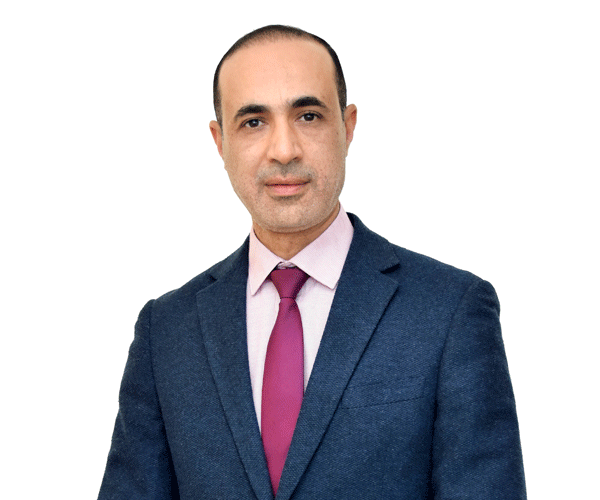
"We will need to integrate terrestrial networks with NTNs, because they have larger coverage due to their geometric features. HAPS are like mega-tower in the sky and can provide coverage in both urban areas and sparsely populated remote areas," explained Güneş Karabulut-Kurt, an Associate Professor at the Department of Electrical Engineering, Polytechnique Montréal, in Montréal, Canada. Karabulut-Kurt, an expert in location estimation and radio frequency identification systems, is an advocate of "leaving no one behind", the United Nations motto. "Global access is an essential enabler of sustainable development, and global cooperation is essential," she maintained.
The 'above' (space aerial) and 'bottom' (underground) connectivity were the focus of Fadel Digham's presentation. Digham is the Head of National Projects, at the National Telecom Regulatory Authority in Giza, Egypt, and an Adjunct Professor at both Cairo University and the Nile University, also in Giza. In his presentation, Digham observed how connecting people could help achieve several Sustainable Development Goals (SDGs), including mitigating poverty, improving well-being, ensuring quality education, and even combating climate change.
Communication boosts the economy: an International Telecommunication Union (ITU) economic study found out that an increase of 1 per cent in mobile broadband penetration would yield an increase of 1.5 per cent in the gross domestic product of a nation.
Digham, however, urged not to focus only on improving infrastructure and connectivity per se, but on balancing the demand side considering important aspects such as affordability, Internet literacy, and localization-customization of needs and content. Infrastructure and connectivity can in fact be resolutive only if people are able to utilize such networks.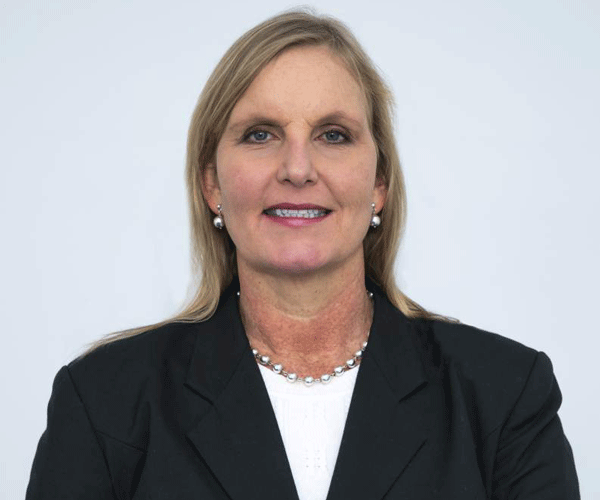
On the other side, there are several challenges to consider when it comes to space communications, he admitted: "[t]hey include privacy and security issues, complying with aviation regulations and considering the traffic management."
Nicaraguan expert Sylvia Poll Ahrens, Head of the Digital Society Division in the Telecommunication Development Bureau of the International Telecommunication Union, in Geneva, also participated in the panel. She also highlighted the need to ensure inclusive and equal access and use of information and communication technologies (ICTs). "Inequality in connectivity has an impact on low-income populations, especially in rural areas, and on small islands and developing nations," she observed. "But most of all, it has an impact on women and people with disabilities, and the pandemic has amplified this gap."
To mend this gap, Poll Ahrens offered a "three A recipe", based on three major pillars of digital inclusion: Access to the Internet, to allow everybody receiving the information; Affordability, namely the economic power to pay for Internet service and devices, and Accessibility of ICTs, namely, the ability for everybody to understand the information received through any available platform. And the next decade will be crucial if we want to empower women, the youth, children and disabled people with these skills, she added.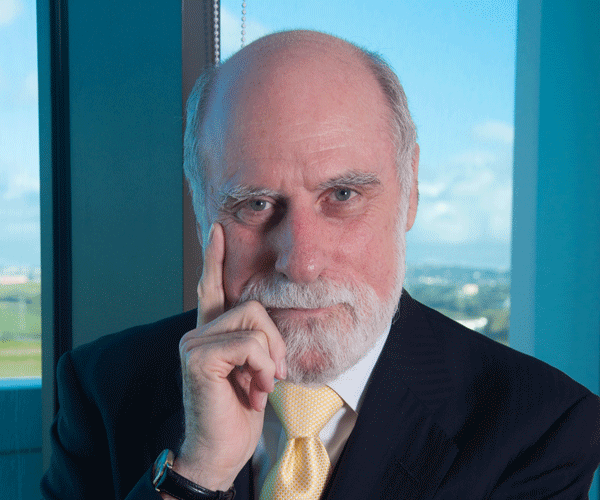
Vinton Cerf, Google Vice-President and Chief Internet Evangelist closed the symposium. Cerf recalled the early days of the Internet—officially activated in 1983—and acknowledged how this "new" tool was instrumental in reducing barriers to information. He warned, however, that the reduction in barriers has also opened a Pandora box of harmful behaviours, including online bullying and malware attacks on public and private infrastructures.
"These challenges are international in scope and require serious international attention," he added. "Governments, the private sector and the civil society, including the academia, have a role to play in the development and implementation of solutions.
The theme of digital inclusion was also a key point of the Jeddah Declaration, the outcome document of the UNESCO-TWAS Fifteenth General Conference, in which international organizations and scientific societies were encouraged, inter alia, to "help digital inclusion through the dissemination of affordable equipment and educational techniques based on digital practice".
Cristina Serra

